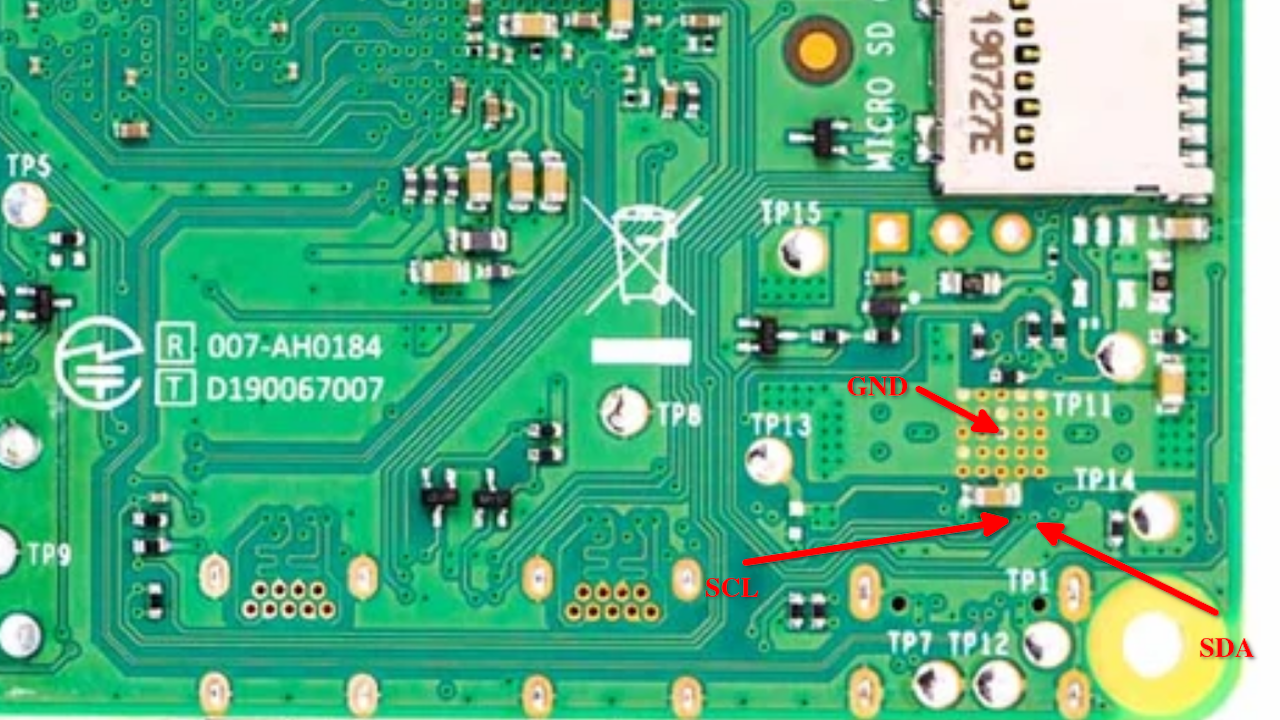Dead Raspberry Pi Boards, PMICs, and New Hope
Since the release of the Raspberry Pi 3B+, the Pi boards we all know and love have gained an additional weak spot: the PMIC chip, responsible for generating all the power rails a Pi needs. Specifically, the new PMIC was much more vulnerable to shorting the 5V and 3.3V supply rails - something trivial to do on a Raspberry Pi, and would leave you with a bricked-up board. Simply replacing the PMIC chip, the MxL7704, wouldn't help since the Raspberry Pi version of that chip is custom - but now on the Raspberry Pi forums [Nefarious19] reportedly managed to replace it and revive their Pi.
First, you get a replacement PMIC and redistribute it. This is where, to our knowledge, people have stopped so far. The next step proposed by [Nefarious19] is to write the appropriate values to the I2C registers of the PMIC. For this you would want a currently active Pi - useful both as an I2C controller to write the values to and as a source of known good values. That said, if you follow the values that have been posted online, it's enough to have something like a Pi Pico for the I2C part.
[Nefarious19] reports a revived Pi, and it's far more promising than the "PMIC failures are irreparable" conclusion we reached before. The instructions aren't very clear - someone else in the thread is reporting a failed attempt to do the same, and there may be a crucial step missing to persist the values. However, such a breakthrough is notable and we trust our readers to take the lead.
A week ago, [Mangy_Dog] on Hackaday Discord brought up repairing Raspberry Pi boards - since Raspberry Pi shortages are always a problem, digging up your broken Pi and fixing it is starting to make sense in budget terms. Gone are the days when you could buy broken Pi boards in the hundreds, and we imagine our readers have gotten creative. What are your experiences with repairing Raspberry Pi boards?

Since the release of the Raspberry Pi 3B+, the Pi boards we all know and love have gained an additional weak spot: the PMIC chip, responsible for generating all the power rails a Pi needs. Specifically, the new PMIC was much more vulnerable to shorting the 5V and 3.3V supply rails - something trivial to do on a Raspberry Pi, and would leave you with a bricked-up board. Simply replacing the PMIC chip, the MxL7704, wouldn't help since the Raspberry Pi version of that chip is custom - but now on the Raspberry Pi forums [Nefarious19] reportedly managed to replace it and revive their Pi.
First, you get a replacement PMIC and redistribute it. This is where, to our knowledge, people have stopped so far. The next step proposed by [Nefarious19] is to write the appropriate values to the I2C registers of the PMIC. For this you would want a currently active Pi - useful both as an I2C controller to write the values to and as a source of known good values. That said, if you follow the values that have been posted online, it's enough to have something like a Pi Pico for the I2C part.
[Nefarious19] reports a revived Pi, and it's far more promising than the "PMIC failures are irreparable" conclusion we reached before. The instructions aren't very clear - someone else in the thread is reporting a failed attempt to do the same, and there may be a crucial step missing to persist the values. However, such a breakthrough is notable and we trust our readers to take the lead.
A week ago, [Mangy_Dog] on Hackaday Discord brought up repairing Raspberry Pi boards - since Raspberry Pi shortages are always a problem, digging up your broken Pi and fixing it is starting to make sense in budget terms. Gone are the days when you could buy broken Pi boards in the hundreds, and we imagine our readers have gotten creative. What are your experiences with repairing Raspberry Pi boards?
What's Your Reaction?















![Three of ID's top PR executives quit ad firm Powerhouse [EXCLUSIVE]](https://variety.com/wp-content/uploads/2023/02/ID-PR-Logo.jpg?#)







